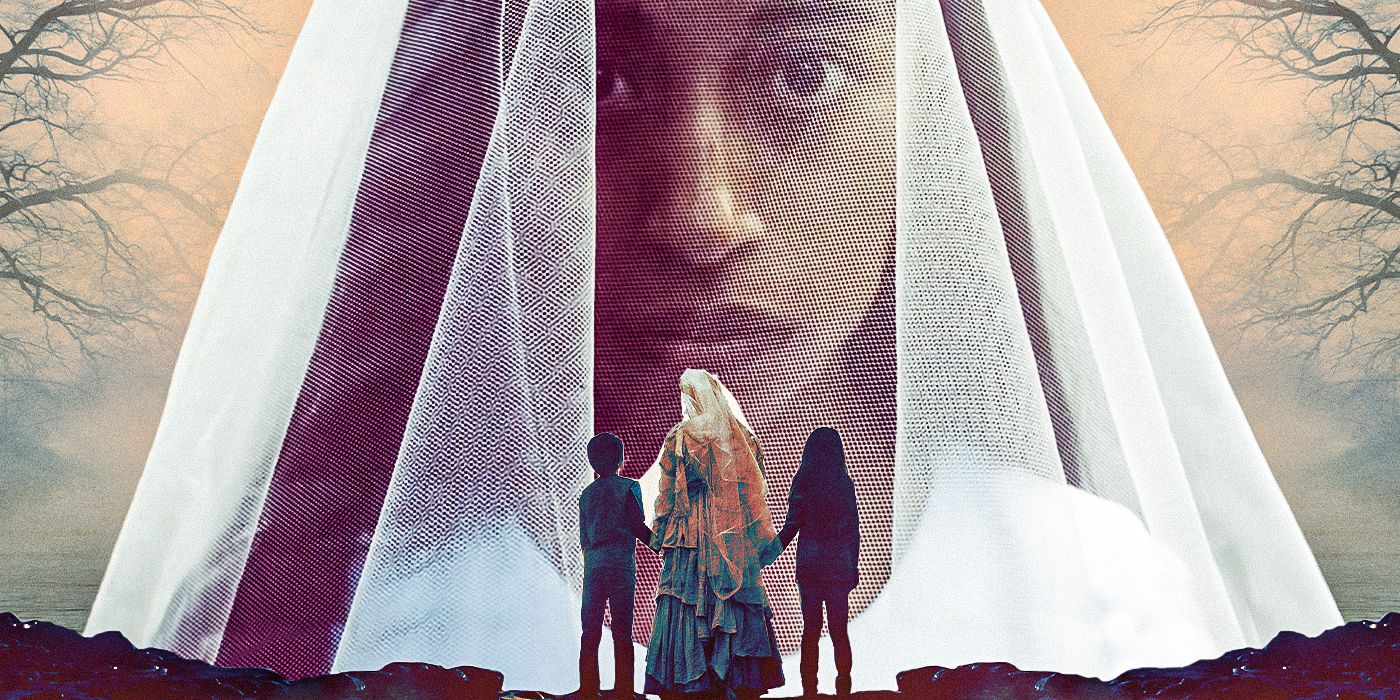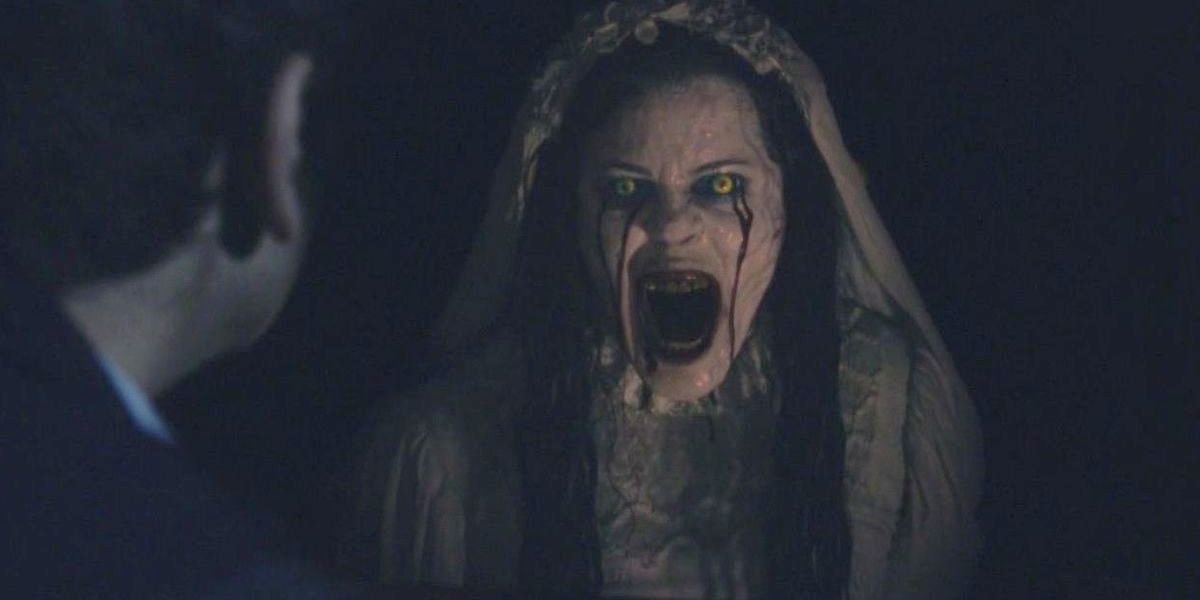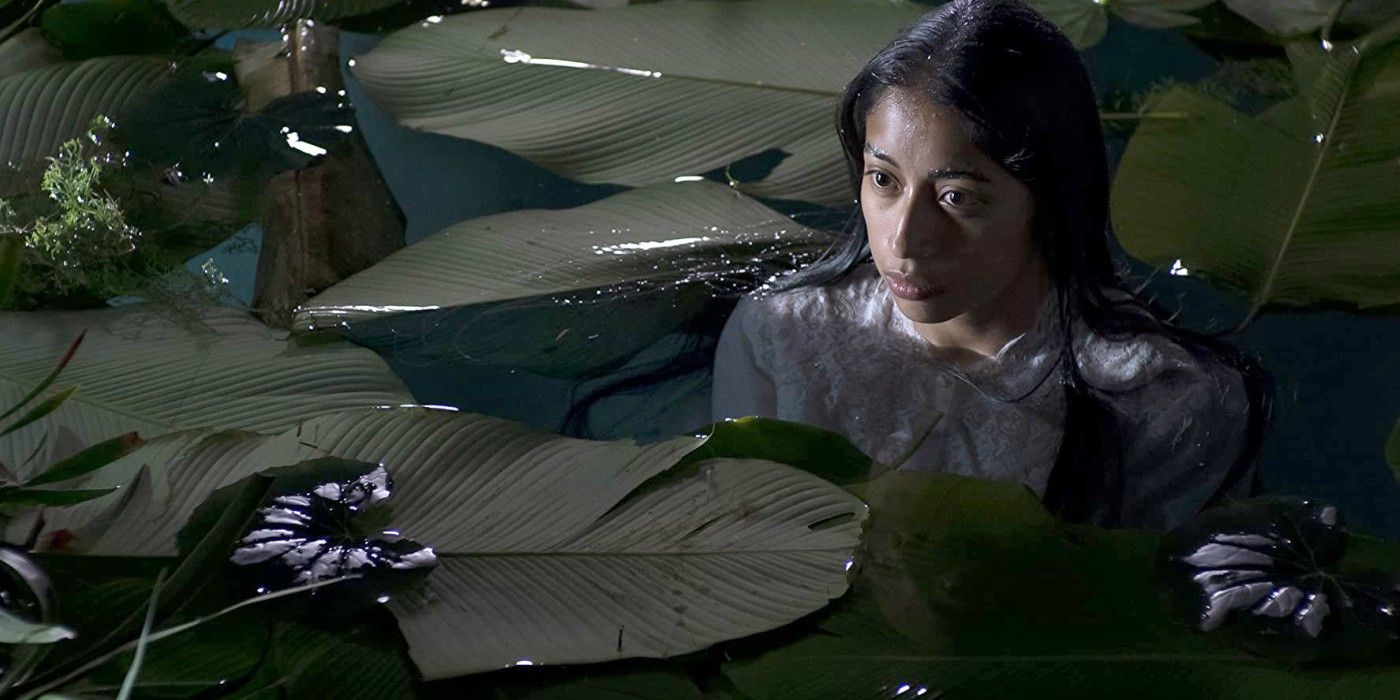In 2019, two separate adaptations of the Latin American legend of La Llorona were released. The first film to release was part of the ongoing Conjuring Universe called The Curse of La Llorona, which widened the world of Ed and Lorraine Warren (Patrick Wilson and Vera Farmiga) more than ever. The other film premiered on the horror streaming service Shudder, simply titled La Llorona, from Guatemalan director Jayro Bustamente. While the two films could not be more different, why did they happen to occur at the same time?
Reaching Out to Audiences of Color
The movie business is changing, especially in these last few years, in the wake of streaming. Movies have to work harder than ever to get people in seats, rather than just wait a short time for the film to come out on whichever respective streaming service it would land on. Nowadays, films have to cater to audiences to get them to show up. Having two La Llorona films come out at the same time is likely a doubling down on the representation front, where people of color have been given bigger roles, especially for Hispanic and/or Latine actors.
What Sets the Two Films Apart
The Curse of La Llorona follows Anna (Linda Cardellini), a social worker and mother, who—with her children and the help of a Hispanic priest named Raphael (Raymond Cruz)—has to deal with the vengeful spirit of La Llorona after investigating a case of child endangerment and ignoring the troubled mother's warnings. In contrast, La Llorona follows Enrique (Julio Diaz), an aging war criminal guilty of genocide in Guatemala facing death as his family is attempting to protect him, but the ghosts of his past come to torment him. Despite both films having the same legend at the core, they are two very different films.
The Curse of La Llorona leans heavily into the familiar mainstream horror genre, promising jump scares, questionable decisions, and not much more than the surface level plot. It is an entertaining, and albeit shallow, thrill ride much like the rest of The Conjuring series. Jayro Bustamente's La Llorona on the other hand is almost at the complete opposite of the spectrum. While they are still present, the horror elements of this film are much more subtle, and are arguably more focused on the horrifying war crimes presented here than any supernatural being. This film is not just meant to thrill, it's meant to inform on histories that have been glossed over. Each is a story of a woman's spirit haunting the living. One casts her as the villain, while the other casts her as a consequence of the horrific actions taken against the Indigenous people of the region.
'The Curse of La Llorona' Looked to Broaden Mainstream Horror's Reach
The Curse of La Llorona was meant to do just that. Most horror franchises have been overwhelmingly white, Jordan Peele only breaking into the space with Black-led horror just a few years ago, and Hispanic leads are just as rare. So while this movie tried to rectify that, it also fumbled its task by having the character Anna, a white woman, at the films center. Despite the major disappointment of not having a Hispanic actor at the helm of the film, the film still drew in many people of the Hispanic community for the legend itself, even if it ended up being the lowest grossing film of the franchise during its release.
While this film in particular arguably failed at delivering what was promised, it perhaps is a small step in the right direction. Horror has always been a subversive genre, and it is time to lean into that more. More stories from other cultures deserve to have a shot. La Llorona has been a legend for centuries, a very famous one at that. And in today's culture of representation, this should have been a home run if it were given the proper treatment.
'La Llorona' Makes an Important Statement With its Story and Cast
Unlike the Hollywood counterpart The Curse of La Llorona, La Llorona is a film that has an important message behind it. This much quieter film centers on an elderly war criminal and the family protecting him being haunted by his past, both metaphorically and literally. While the scares take a bit of an unfortunate backseat in this film, the true-life horrors shown here on the indigenous people of Latin America are quite disturbing. In the recontextualization of the famous legend of La Llorona, this film instead does not cast her as the villain of the story, but a victim. The story of a woman drowning her children in a jealous rage is scrapped, instead presenting the story of a woman who was forced to watch her children's murder in an act of genocide by the Guatemalan Military. It is very different from the La Llorona many people grew up with, but it is still a horrific story.
This is certainly an important film. The subject of the genocide at the hands of the Guatemalan Military is one that many probably would not know of internationally. Similarly to how the HBO series Watchmen informed people of the Tulsa Race Massacre of 1921, this film does the same for these events. Film is an important medium, and it has the power to bring to light the past in ways that are more accessible to people.
It is quite ironic that two films based on the same subject would release just months apart, yet be so different in their completion that they nearly cannot be compared at all. Perhaps the only thing in common that they do have is that they provide representation. Some more than others, The Curse of La Llorona stumbled with its casting a bit, while La Llorona spotlights the harm that came to Indigenous people. What made the timing appropriate for both of these films is the simple fact that films need to become more and more diverse, not just in casting but in storytelling, in an attempt to reach a wider audience. It also gives the chance to tell stories that previously have not been told in the medium.




